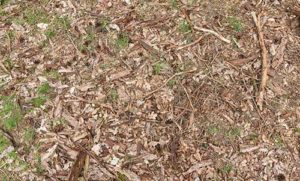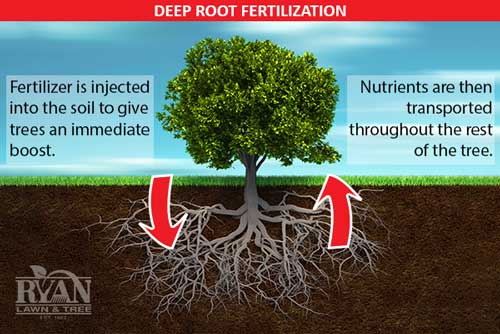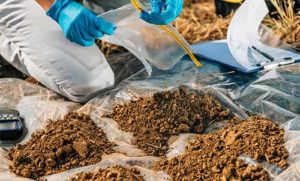4 Important Facts You Need to Know About Tree Fertilization
As you stroll through the fertilizer section of your favorite nursery or the garden center at the local big-box store, you see tree fertilizer after tree fertilizer on the shelves. Choosing between fertilizer spikes, liquid drenches, slow-release, and organic formulations may seem overwhelming. It’s easy to opt not to fertilize at all or grab whatever product is in front of you.
After all, trees survive in the forest without any supplemental tree fertilizer. So it’s okay not to fertilize the one in your backyard, right? Or giving them something—regardless of what it is—is better than nothing, right?
The answer to both of those questions isn’t straightforward. When fertilizing your trees, these four facts are important to know and understand.
Understanding why trees need fertilization

However, the challenge is that suburban and urban soils are considerably different from the native soils found in forests and woodlands. Backyard plantings, in all reality, are artificial habitats with little nutrient content and unnatural plant pairings.
In many cases, the thick layer of nutrient-rich topsoil was altered or removed during building construction. Over time these layers in the forests have accumulated from fallen leaves, native plants, branches, etc. They are full of natural nutrients and the microorganisms responsible for breaking this organic material down, making nutrients available for plant uptake.

In the forest, all plants have evolved to coexist, and trees or grasses won’t grow in areas where they don’t have a competitive advantage or can’t access necessary resources. This isn’t the case in a landscape setting. We are forcing different plants to cohabitate, whether they would naturally or not, causing an unnatural competition between tree and grass roots and influencing nutrient uptake.
Due to these reasons, it may be necessary to periodically apply fertilizer to ornamental trees’ soil to provide essential nutrients and promote healthy growth.
Not all trees require supplemental fertilization
While trees need these essential nutrients for growth, it doesn’t automatically mean they require supplemental fertilization. Homeowners often believe that fertilization is good regardless of the situation, but this isn’t true. It needs to be more commonly understood that fertilizer applications are more of a treatment or a prescription for a problem instead of a catch-all.
In some cases, trees growing in landscape settings, especially in lawns, usually benefit from the fertilizer applied to the turfgrass. This turfgrass application is often sufficient for healthy tree growth, especially if the soil is naturally fertile.
Adding fertilizer if it isn’t needed can do more harm than good.
Fertilization can be detrimental to some trees
Besides, when the soil has adequate nutrient levels from turfgrass fertilization, there are also other times when fertilizing your trees can be harmful instead of helpful. Older, mature trees don’t need to be fed as often as young, establishing saplings. Trees that are stressed because of insects, disease, or root damage shouldn’t be fertilized at all.
Old trees, ones with root damage, and those afflicted with pests or diseases have limited stored resources. When fertilized, the tree expends energy to incorporate these added nutrients into its cellular components, further lowering its reserves. When a tree depletes already limited reserves, it could lead to a decline in health or a reduced ability to defend itself against future pest problems or diseases.
Have your soil tested before fertilization

Testing analyzes the soil’s nutrient levels, organic matter content, and pH level to determine its nutrient concentration and nutrient retention capacity.
Some soils may contain adequate levels of certain nutrients but are deficient in others. In a case like this, applying a complete fertilizer, which contains nitrogen, phosphorus, and potassium, isn’t the best solution.
Soil test results provide beneficial insight on whether you need to fertilize your trees, the best fertilizer formulation to use, and the proper application rates. Having an explicit strategy like this ensures optimal fertilization and tree growth.
Contact a Professional for Tree Fertilization
We would love to help you keep your trees healthy. Contact us today for a Free Estimate and let a RYAN tree care expert help with your tree fertilization needs!









